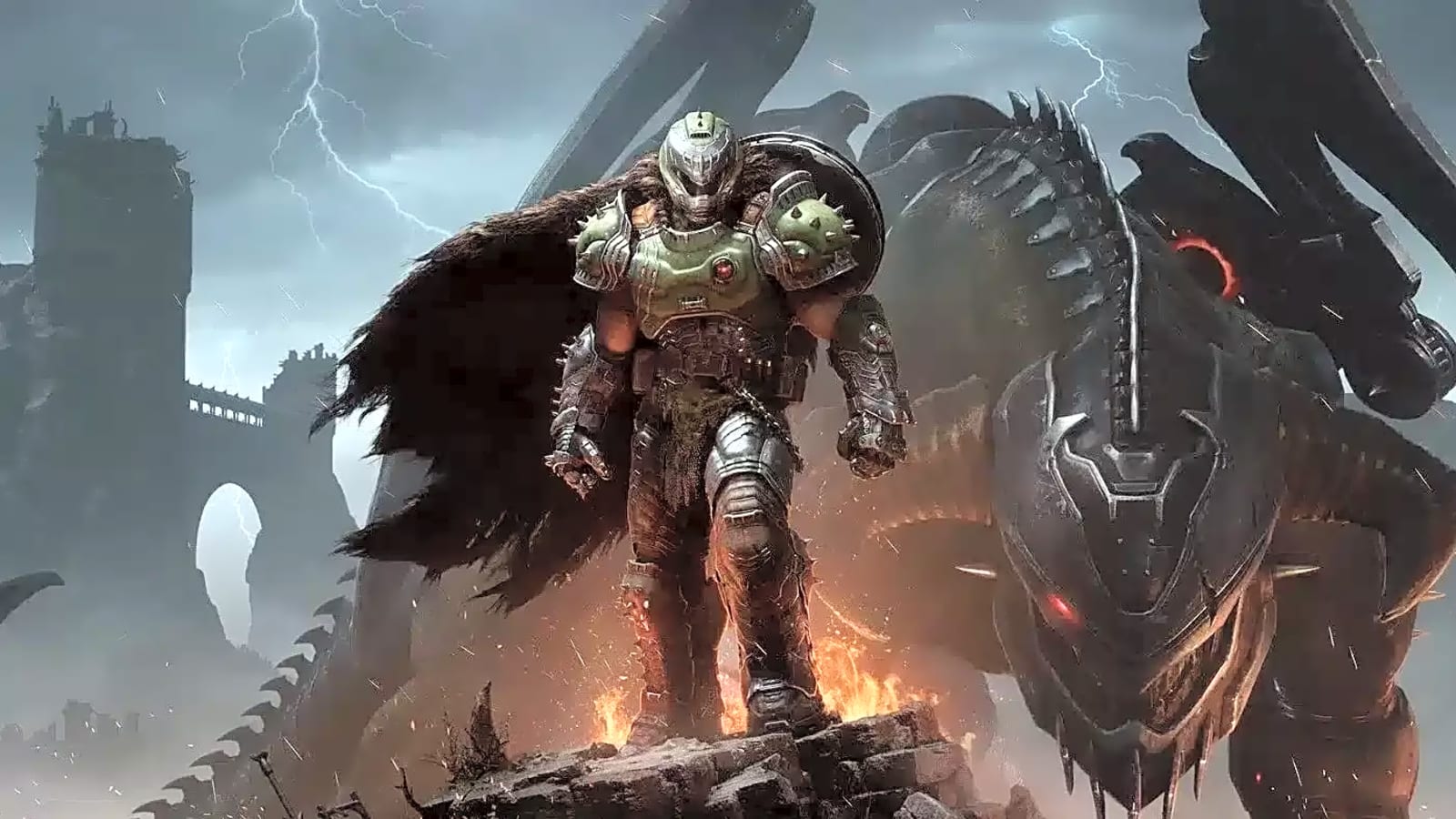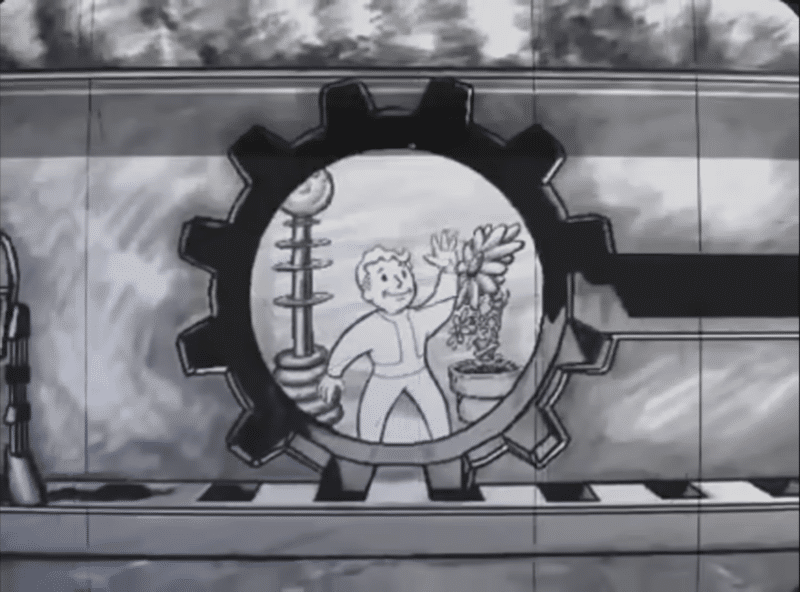
Noted CRPG enthusiast and Obsidian director Josh Sawyer, known for Fallout: New Vegas, Pillars of Eternity, and Pentiment, recently explored the concept of “crunchiness” in RPGs. During an interview with PC Gamer, Sawyer defined crunchiness as games packed with tweakable stats, extensive gear options, and deep opportunities for player optimization. Moreover, he believed that complex RPGs could still be accessible without simplifying these intricate systems. Even if a game’s complexity intimidated some players, how could developers broaden their audience without alienating existing fans who loved the depth?
“Sweaty Boys” Deserve Their Place in RPG Worlds
Instead, Sawyer passionately advocated that the key solution to this problem lies in robust, granular difficulty options. According to the Obsidian director, this “one size fits all” approach that developers have pushed needs to end, praising studios like Owlcat for their exceptionally detailed difficulty customization settings. Sawyer expressed a strong desire for this philosophy to be embraced by more developers, as it actively dives into player preferences and asks, “What do you want?” Likewise, he acknowledged the gaming community’s contentious nature regarding difficulty settings, particularly noting the historical resistance within the Soulslike genre, while also recognizing that opinions were gradually shifting.
Sawyer emphasized that dedicated players should be accommodated with greater thoughtfulness. Specifically, he mentioned his desire to support the “sweaty boys” – players like himself who relished meticulous character optimization. Furthermore, he places himself firmly in the “sweaty-adjacent” category, as he typically plays just below the highest difficulty level. As a side note, the reason for his choice word “sweat” is due to his enjoyment derived from constantly refining builds for peak performance, creating a satisfying loop where failure prompts optimization.
RPG Accessibility Thrives via Scalable Systems, Not Simplification

As a result, Sawyer finds success until the next challenge demands a fresh approach. He also discussed his annoyance when he encountered a game offering nothing substantial for him to tinker with or optimize. Ultimately, he highlighted the ongoing challenge for RPG designers aiming to satisfy diverse player appetites, revealing developers’ struggles in finding a delicate balance between challenge, optimization, and progression.
Sawyer argued that thoughtful systems design was fundamentally achievable by supporting both deep mechanical complexity and accessible playstyles. In his mind, developers building RPG systems capable of rich, crunchy interactions and reactive gameplay elements should be able to make these same systems inherently possess the flexibility to scale or simplify effectively. That said, why couldn’t robust frameworks designed for depth also gracefully accommodate players seeking a smoother experience?
Accessible RPGs Needn’t Sacrifice Crunchy Depth
Sawyer acknowledged that a development effort was required to implement such scalable systems. However, he firmly believed the workload was significantly less daunting than often assumed, especially if designers prioritized this flexibility from the project’s outset. As a practical example, he pointed to his own game, Pillars of Eternity 2: Deadfire, to argue his point. For players seeking a game that tested their skills, the punishing ‘The Ultimate’ challenge demonstrated serious commitment to crunchy, tactical depth.
Indeed, the mode was considered so challenging that Obsidian even offered a handwritten letter to the first 50 players who conquered it, of which only 15 players ever succeeded. In contrast, the game’s ‘Story Time’ mode provides the easiest game setting, drastically reducing combat difficulty to near invincibility. Ultimately, playing this game mode allowed players to focus purely on narrative and exploration. Consequently, Sawyer emphasized that different player preferences in well-designed RPGs could be catered to simultaneously.
Although Sawyer isn’t an absolute tuning expert in his own words, he passionately advocated for developers to actively create space for both intense, optimization-heavy tactical combat and relaxed, story-focused playthroughs. With his core message championing inclusivity, he pushed for more games that supported both “sweaty boys” craving a meticulous challenge and welcoming players who simply wanted to “cruise through” and enjoy the sights and story – as it isn’t only possible but essential.
More must-reads:
- Diego Luna's rise proves annual 'Camp Cupcake' still has plenty to offer USMNT
- Emma Navarro win continues unprecedented run of parity in Wimbledon singles' ladies draw
- The 'MLB ballpark names' quiz
Breaking News
Trending News
Customize Your Newsletter
 +
+
Get the latest news and rumors, customized to your favorite sports and teams. Emailed daily. Always free!








